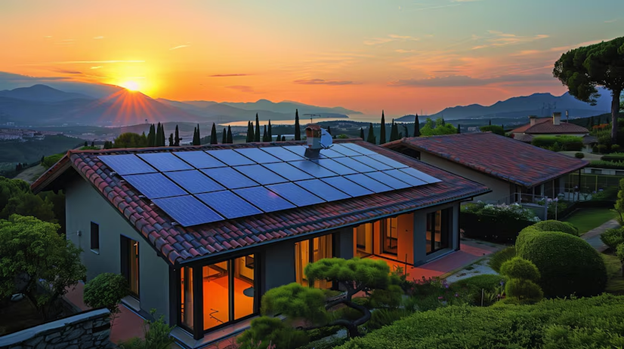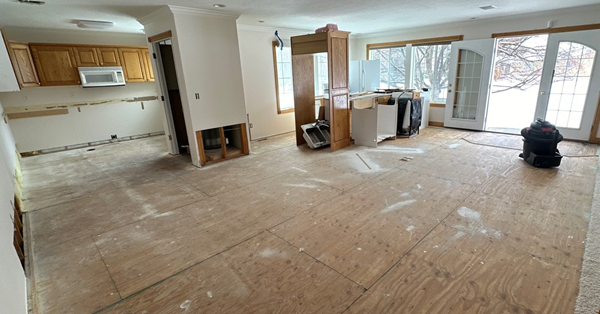Solar power is a beacon of hope for a greener future, and many homeowners are considering making the switch. But the journey from initial interest to a functional solar system begs the question: how exactly does residential solar panel installation work? This article demystifies the process, guiding you through the key steps involved in harnessing the sun’s power for your home.
Setting the Stage: The Installation Process
With the groundwork laid, it’s time for the Residential Solar Panels Installation:
- System Delivery: The solar panels, inverter, and other system components are delivered to your home.
- Roof Mounting: Skilled technicians will mount the solar panel racking system securely onto your roof. The mounting method will vary depending on your roof type and material.
- Panel Installation: The solar panels are carefully attached to the racking system, ensuring proper alignment and electrical connections.
- Electrical Work: A qualified electrician will connect the solar panels to the inverter, which converts the direct current (DC) electricity generated by the panels into usable alternating current (AC) electricity for your home. The system will also be connected to your existing electrical panel.
- Safety and System Checks: The installer will perform rigorous safety checks to ensure the system is properly grounded and functions according to code. They will also verify system performance and conduct a final inspection.
- System Activation and Monitoring: Once all checks are complete, the system will be activated, and you can begin enjoying clean, solar-powered energy. Many systems come with monitoring software that allows you to track your energy production and system performance.
From Inquiry to Installation
The journey begins well before the panels grace your roof:
- Consultation: Contact a reputable solar installer and schedule a consultation. Discuss your energy needs, budget, and roof characteristics. The installer will assess your roof’s suitability for solar panels, considering factors like size, shape, and sun exposure. In some cases, particularly with a steel building roof, additional consultations might be needed to determine compatibility and best practices for installation.
- System Design: Based on the consultation, the installer will design a customized solar system for your home. This includes determining the number and type of solar panels, inverter capacity, and other necessary components. The design will also factor in your local building codes and any homeowner association regulations.
- Permitting and Approvals: The installer will handle obtaining the necessary permits and approvals from your local authorities. This may involve inspections to ensure your system meets safety and code requirements.
- Financing Options: Discuss financing options with your installer. Several incentives and financing programs are available to make solar power more accessible, including tax credits, net metering programs, and solar loans.
- Contract Signing: Once all details are finalized, you’ll sign a contract with the installer outlining the scope of work, system specifications, warranties, and payment schedule.
Enjoying the Benefits and Ongoing Maintenance
The journey doesn’t end with installation:
- Net Metering: In many areas, net metering programs allow you to sell excess electricity generated by your solar system back to the utility grid, potentially offsetting your electricity bills.
- System Maintenance: Regular maintenance, typically performed annually, ensures optimal performance and longevity of your solar system. This may involve cleaning the panels and checking electrical connections.
Conclusion
Understanding the residential solar panel installation process empowers you to make informed decisions. By partnering with a reputable installer, you can navigate the pre-installation phase, ensure a smooth installation, and reap the long-term benefits of clean, renewable solar energy. So, embrace the sunshine and illuminate your path to a brighter, more sustainable future with solar power!





